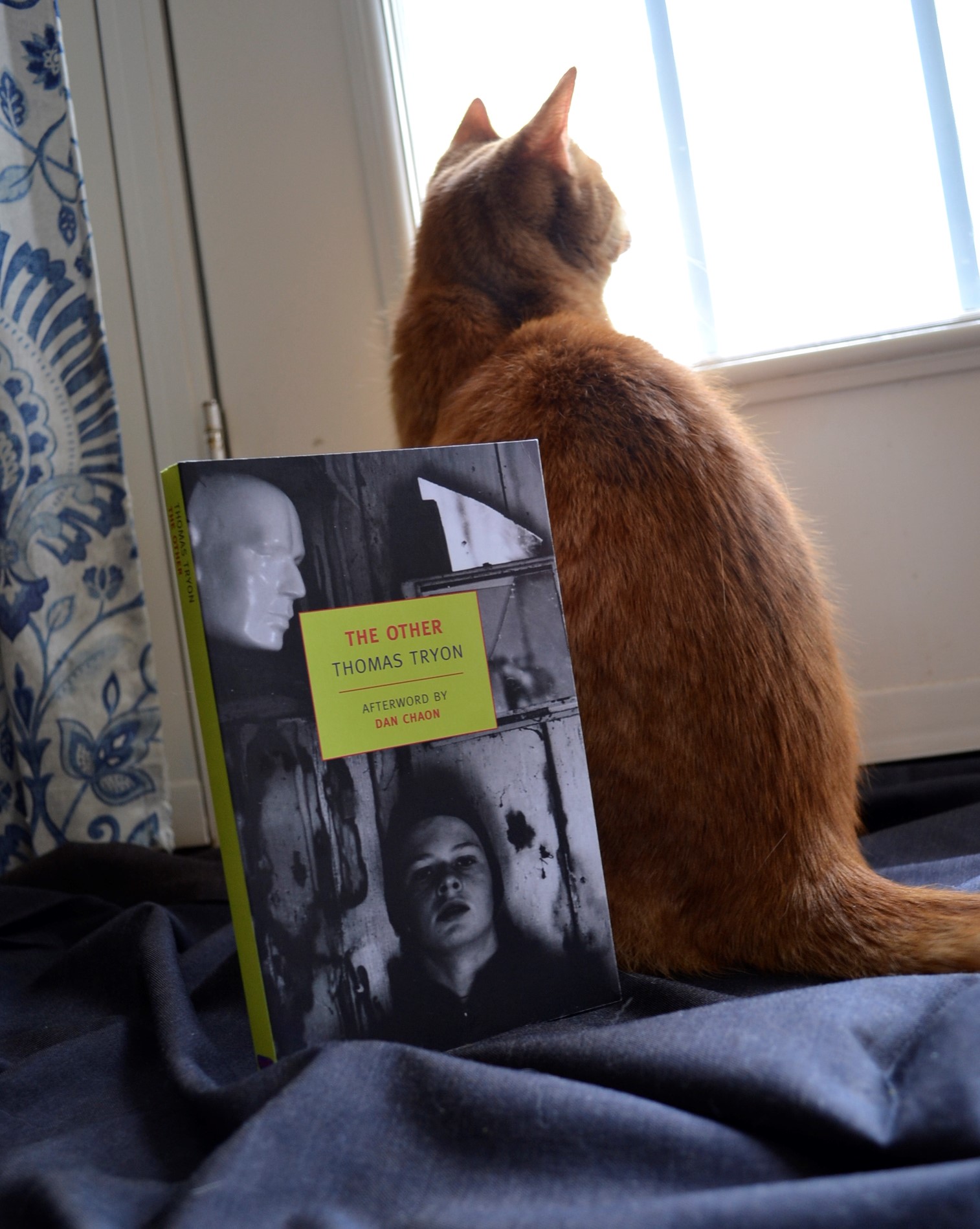The Last of the Season
August seems to have both plodded and flown by and I’ve arrived at the last review of the pre-Halloween season — Thomas Tryon’s The Other. It’s been a weird month in a lot of ways. We’re still overloaded with work and we keep on getting more and more inquiries. I was trying to stop buying new books, but I mostly just managed to slow down on new book purchases. Admittedly, this is because I find it hard to say no when my lovely spouse wants to whisk me away to the bookstore when I’ve had a particularly hard day. And there have been a few of them in the last week or so.
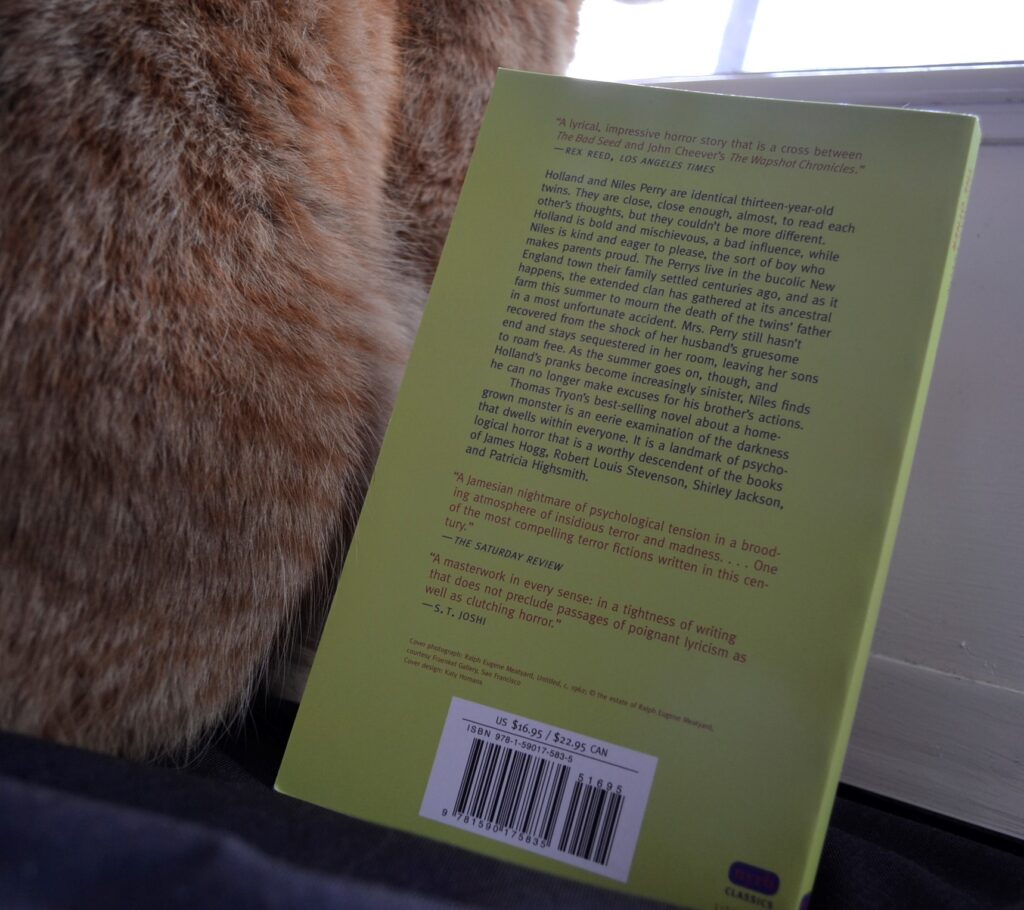
The initial shock of grief has passed, but I find myself left with a lot of the heavier grief. The stuff that seems to get caught in the edges of my routines and thoughts and gives me bad dreams at night. It’s the grief of going through a loved one’s possessions and knowing that you’ll never see them in their owner’s hands again. Everyone is tired out, but trying to plod onwards under the weight.

My lovely spouse is always so patient and supportive and, with her care and her attention, I’m healing. But it’s important to give the wound time to breathe and not to push myself to bury it. I tend to do that if she’s not there to guide me and encourage me to let the hurt air.
Who is the Other?
The Other is a horror novel about a set of twins of opposing personalities. Niles Perry is the ‘good’ twin who is polite and appears to be kind while Holland Perry is the ‘evil’ twin who is cruel to animals (by the way, I will warn that this novel features animal cruelty that is graphically described and if you avoid that content, this is not the book for you), people, and thinks of no one but himself. The narrative follows Niles on a summer that brings tragedy after tragedy to the family. Slowly, it becomes apparent who is responsible for all of the misfortune, but what is to be done?
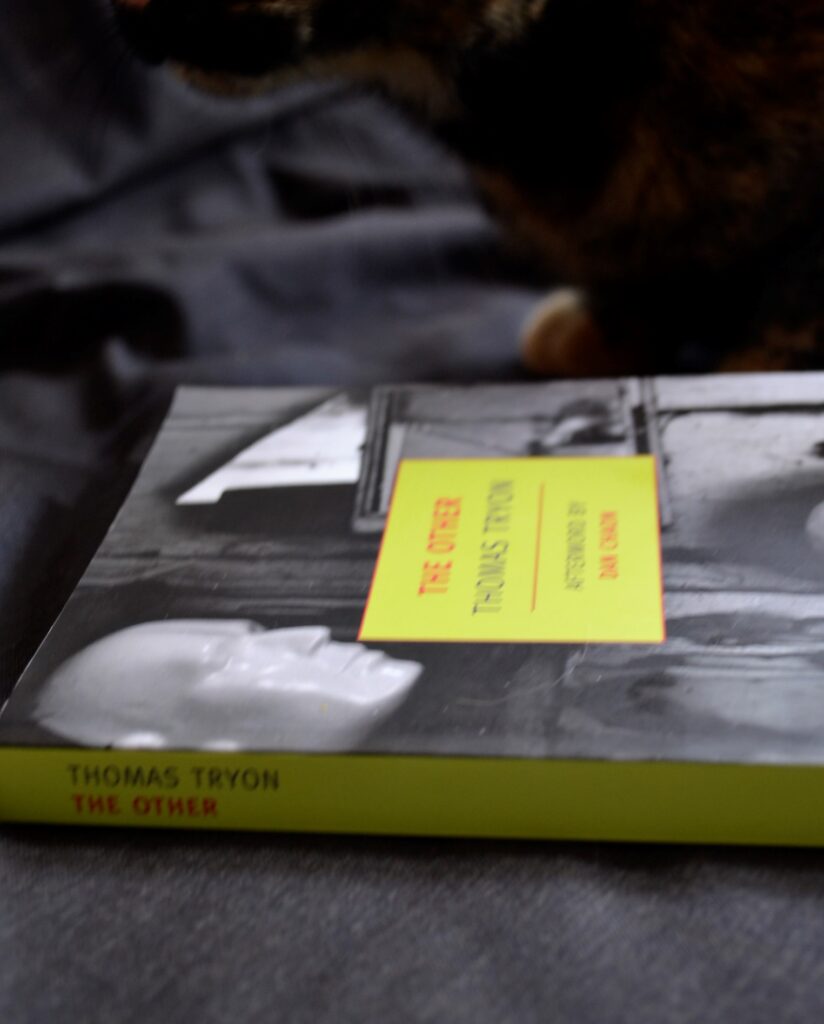
The novel is full of twists and turns and proceeds along at a fast pace — so fast that I could easily read it in the course of a long afternoon and evening. However, because of that fast pace, the sections of descriptions drag slightly or seem to get in the way. In general, I found the book was spooky with a solid concept that Tryon gets a lot out of, but the technical flaws stuck in my craw and drew me out of the narrative that I honestly did enjoy. Most of what I’m going to discuss in the sections below are technical issues that I noticed, but should not discourage, or possibly even affect, a less exacting (ergo fussy) reader than I am.
Why choose the 1930s?
The novel is set in the 1930s, but I’m not entirely sure why that choice was made when it comes to the narrative. Tryon would have grown up in the 1930s, but I don’t think the historical setting served the story as much as it might have. The book is written in a way that is so 1970s-modern that I had a hard time remembering that the characters were living in a more distant past, despite the many gothic elements. When I did remember, it felt like the era should be an even more distant one — something like the Victorian era. It felt like reading such a mixture of styles and elements rendered the atmosphere vague and indistinguishable. That often works for a spooky story, but I wish it worked a bit better here. Instead it almost feels like the setting is being used primarily to further aspects of the plot that would not work in a more modern time period.
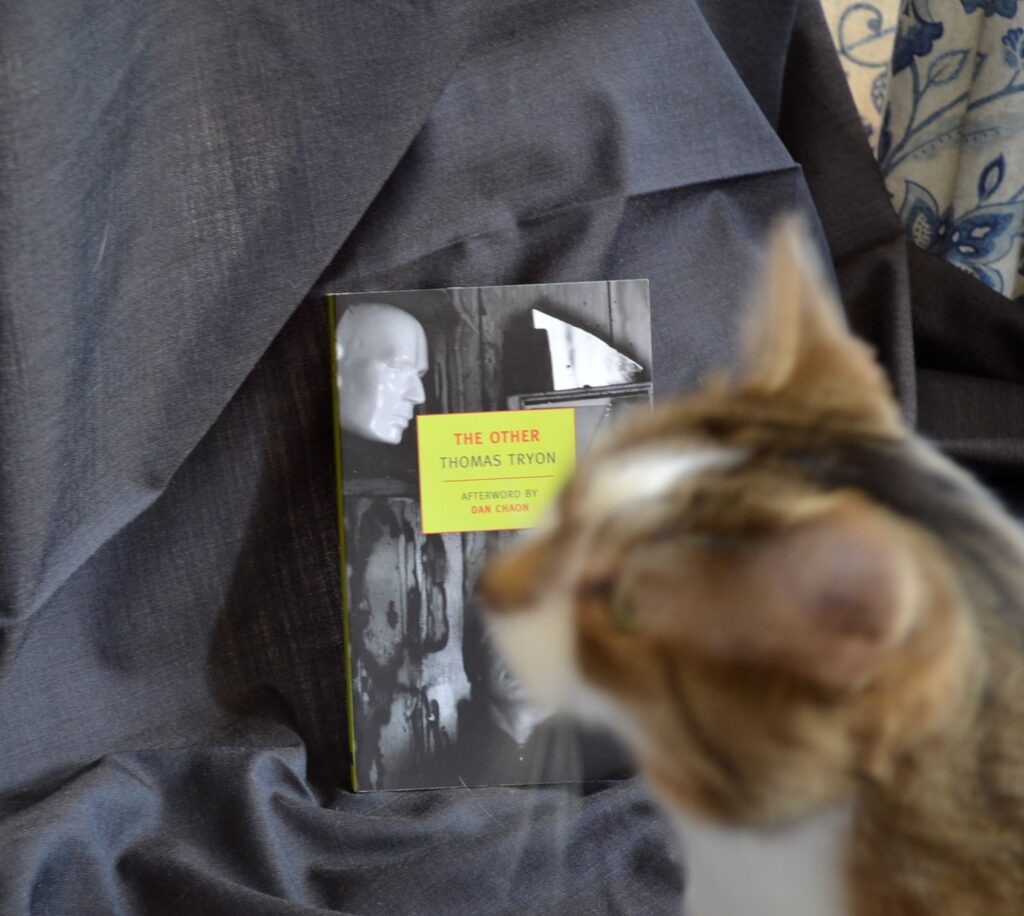
Also, I must mention that some very horrible stereotypes and ideas are included that would have been socially acceptable in the 1930s, but were not in the 1970s, and most definitely are not now. Even after reading the book in its entirety, I’m still struggling to find a reason for their inclusion at all.
When the Mechanics Show
There are a few other technical issues. For instance, the Russian language is used several times, but it is spelled out phonetically in the Latin alphabet, instead of using the Cyrillic alphabet. It’s a personal preference, because I know there are a lot of readers who like to easily know how a word sounds. For me, I’ve learned a smattering of Russian, so it just seemed really strange.
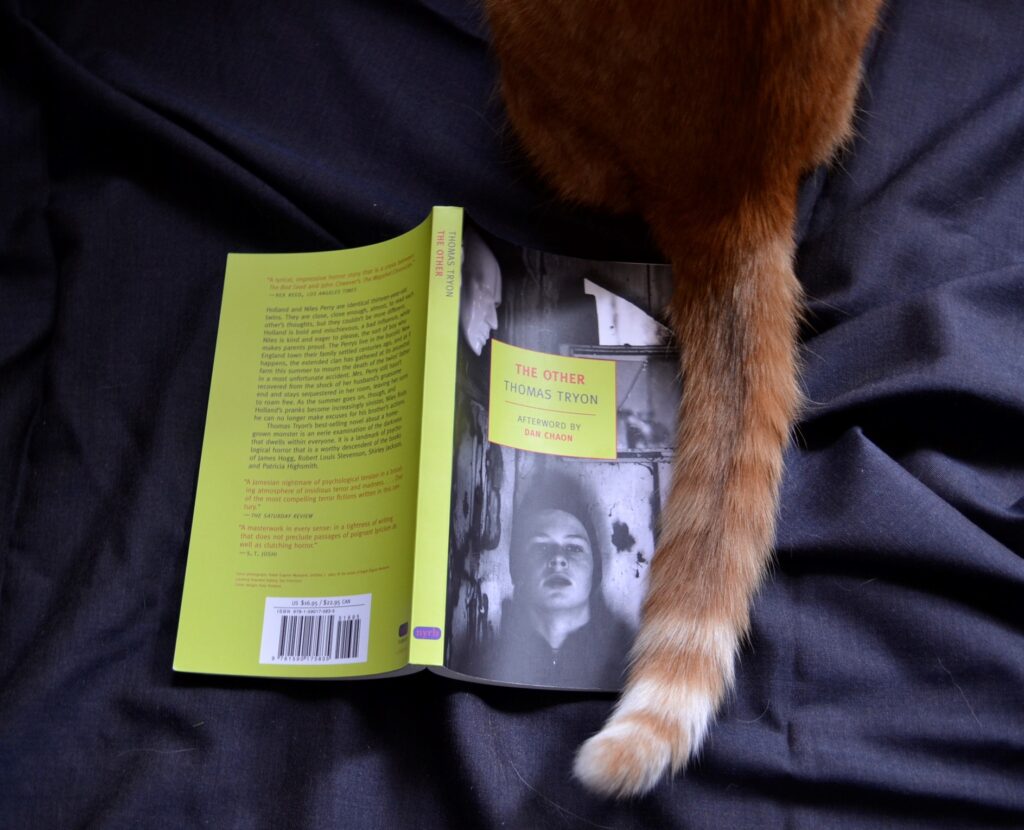
Also, the major twist at the ending was built up too much, too far, and too strongly. The foreshadowing was very heavy handed and presented repeatedly. It was hard not to cringe as you saw the reveal coming. Though, in Tryon’s defence, this seeming obviousness might be because of the intervening years between when the book was written in 1971 and the present day producing work that was inspired by his.
The Trees are Already Turning
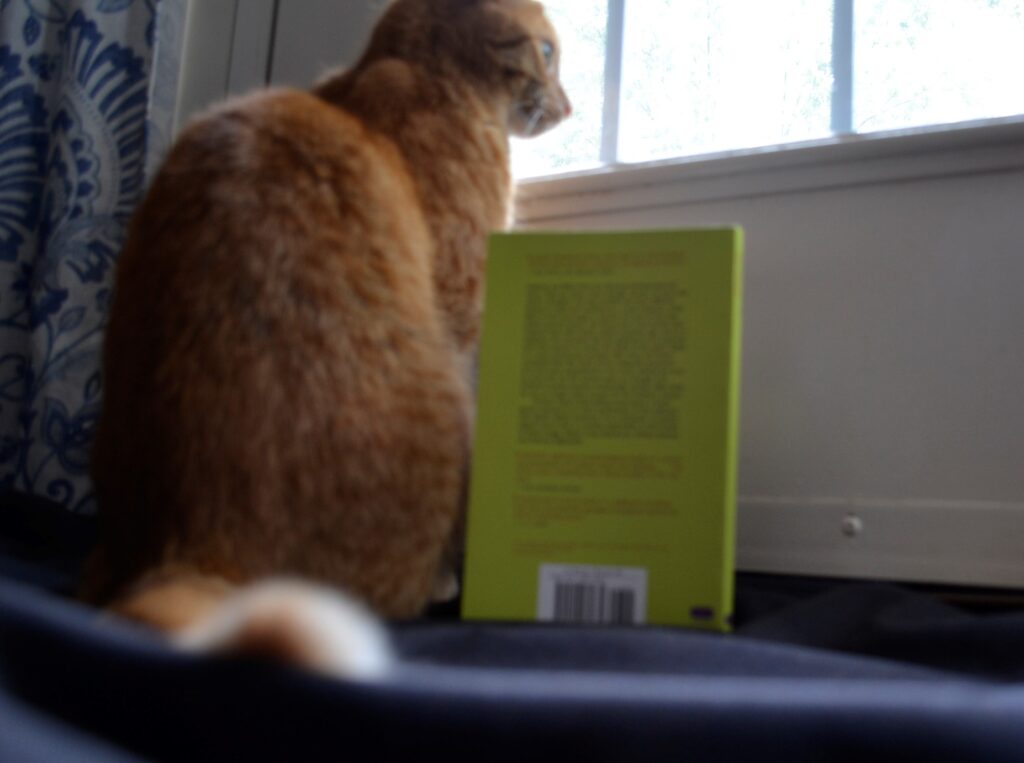
I’m surprised to see that the trees in our neighbourhood are already changing colour despite the fact that we’re still in the midst of one of the worst heat waves of the summer. We’ve already put away all of the spring and summer decorations and gotten out the fall leaves and glass pumpkins. Oh, and the Halloween decorations, of course. Now, we’re just waiting for the weather to co-operate and start cooling down, so that we can start thinking about apple picking and all of the autumn rituals that are just around the corner.

Next month, I’ll be celebrating my birthday and I plan on doing so on the blog by reviewing some of my favourite books that I’ve read recently. Until next year, I bid good-bye to Halloween in August and look forward to good, old Halloween in October!
